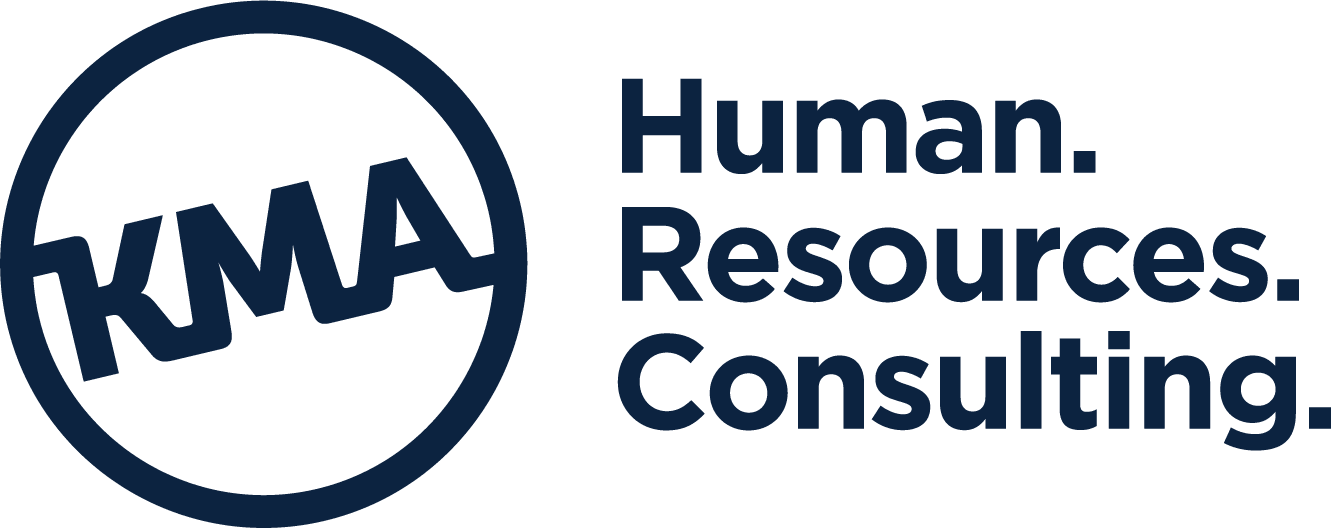We hear a lot about workforce shortages and strategies for attracting and finding the best talent. But what are we doing once we find those employees?

Retaining employees helps maintain productivity and reduces organizational energy spent searching for new employees, which is time consuming and costly. Acting intentionally to improve our onboarding and engagement efforts is key to reducing turnover.
Six Simple & Effective Ways to Improve Employee Engagement and Retention
- Onboard, Don’t Just Train. Think of the new employee process as fully engaging new members to become part of the team and not just training them. This often comes down to the social needs of employees—ensure they feel part of the organization by helping them establish relationships with other employees and work contacts. Arrange for the new employee to meet all their key contacts, ensure they are introduced at meetings, and make sure they have someone to eat lunch with. In-person meetings are always best to establish connections. Consider making welcoming new employees and offering help a priority of everyone in the company. Be an organization where everyone’s new employee credo is “Welcome, I am so glad you are here!”
- Buddy Up. Assign a mentor or another team member as the new employee’s “go-to” contact who will check in periodically with the new hire. Mentoring and buddying produces two-fold results as it helps with jobs skills training and the development of social knowledge and skills new employees need to navigate in the organization and succeed.
- Frequent Check-Ins. Check in with new employees on a weekly or other regular basis for the first few months—this can include contacts from HR, the employee’s supervisor, and the buddy/mentor to ensure the employee has his or her questions answered and any information necessary. This also helps to identify problem areas before they become big ones and the employee becomes unproductive and disengaged.
- Positive Feedback. Never miss an opportunity to praise employees on their good work. Positive feedback encourages the right behavior, keeps employees on track, and makes it easier for employees to accept constructive criticism when you need to give it. Be sincere, concise, and give examples.
- Listen. Be open to ideas from employees. Processes and methods can always be improved, and if we keep doing it the same way, we may not move our organization forward. Listening helps employees feel valued and part of the team and encourages them to keep coming forward with ideas. Usually, the best ideas come from those who do the work as they know what it takes to do the work well and make improvements. If you aren’t open to listening, you may not hear great ideas.
- Meaningful Work. You can take any job and make it more meaningful by helping employees see the impact of their work. Stress the impact of an employee’s work on the organization and the employee’s customers which can be fellow employees, clients, or business partners. Help employees to see that what they do and how they do it really matters, no matter what their job is. This will also communicate to employees that you value them, their job and their work.
Show Employees They are Valued
Helping to integrate employees into our organizations and showing how we value them are important to any employee regardless of job type or generation. Focus on the social needs of employees in addition to training, communicate often, and find ways to show you really do value employees and their contributions.
For More Information
Need help with employee engagement issues or other employment needs? Contact KMA today!
